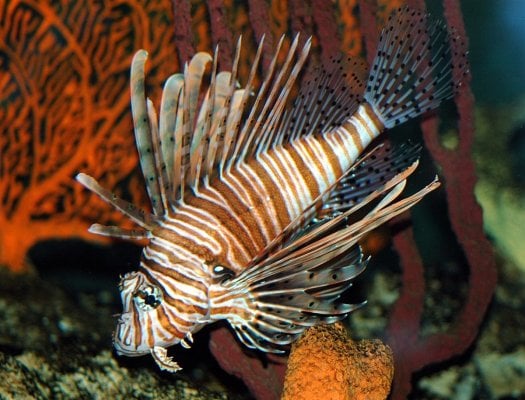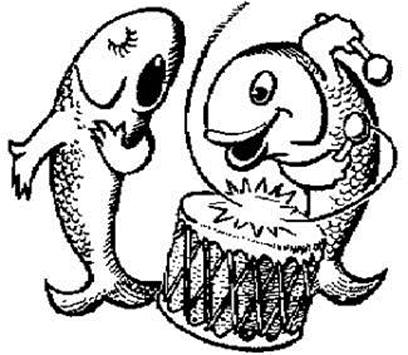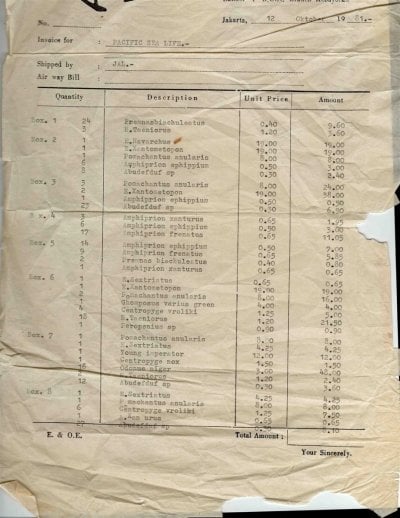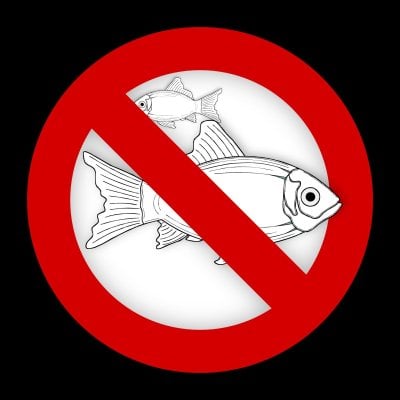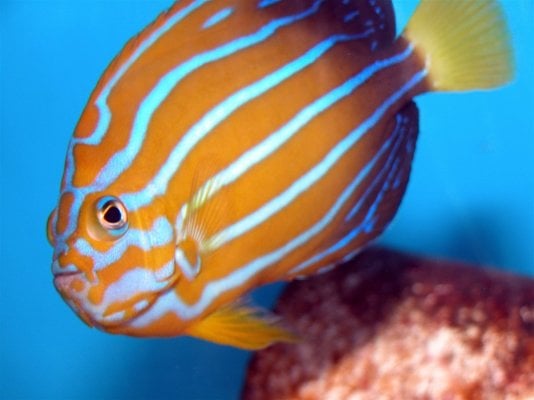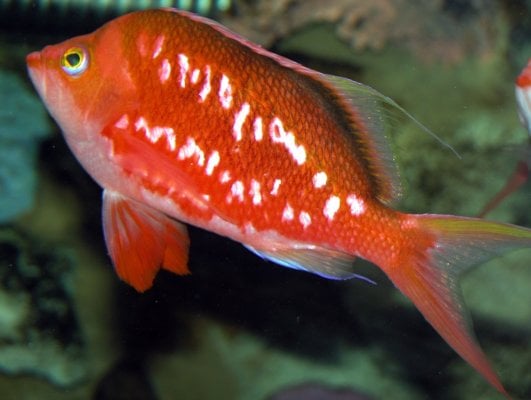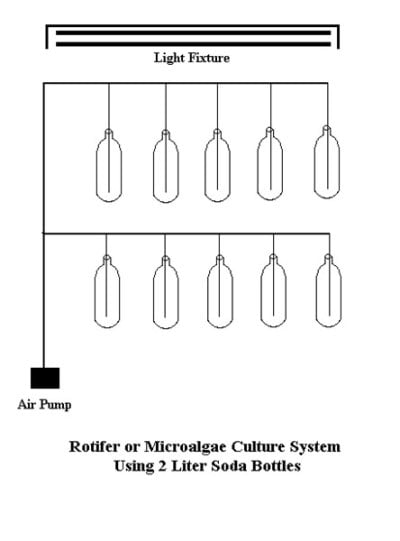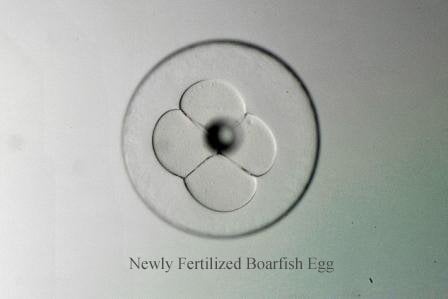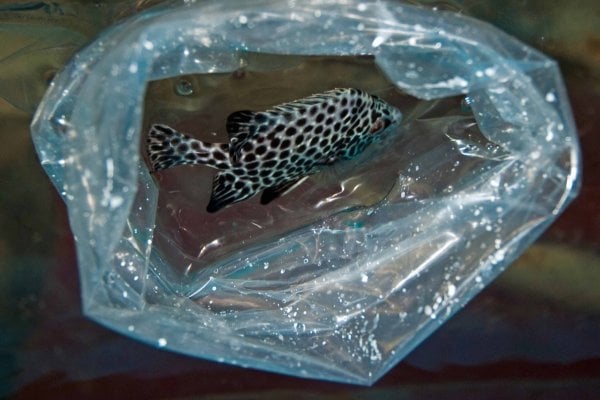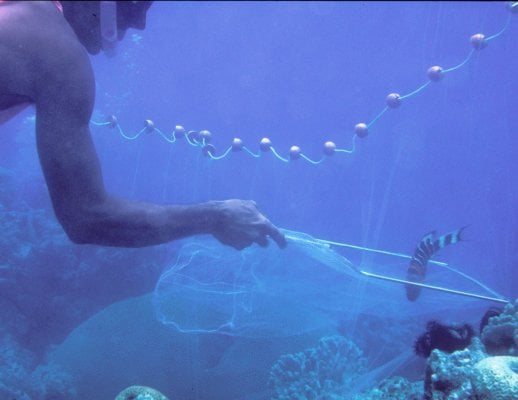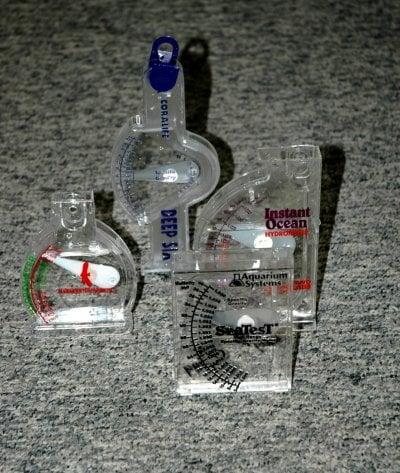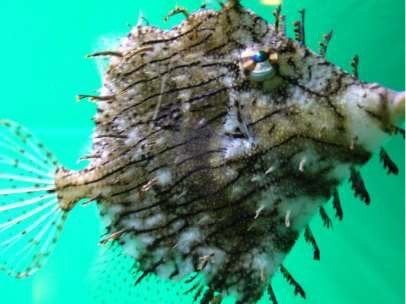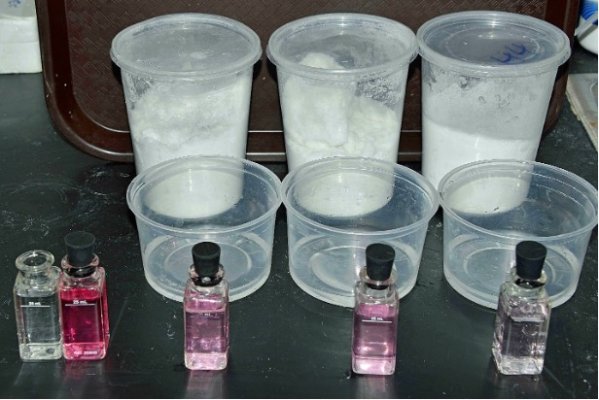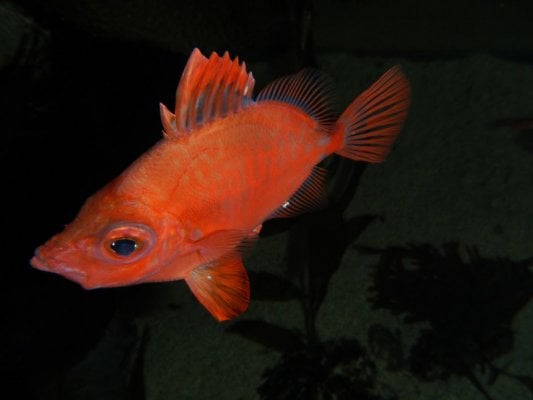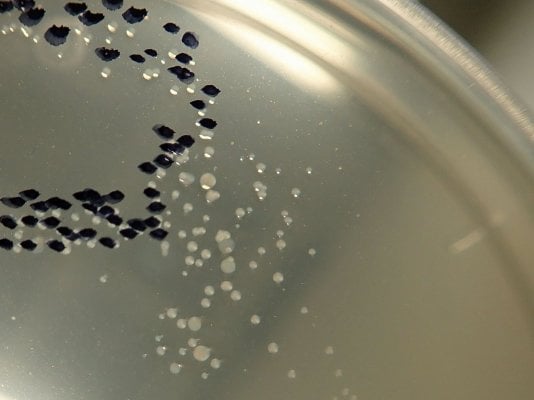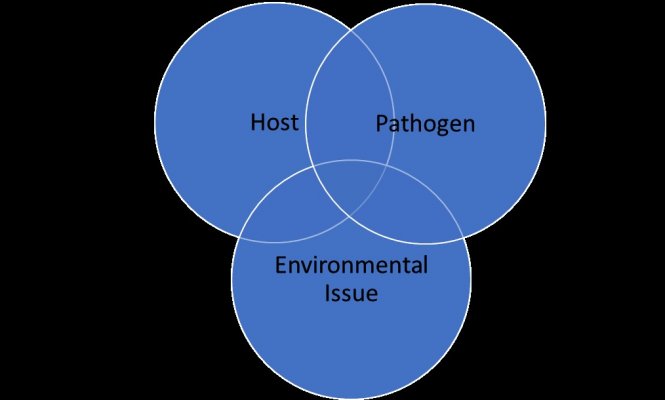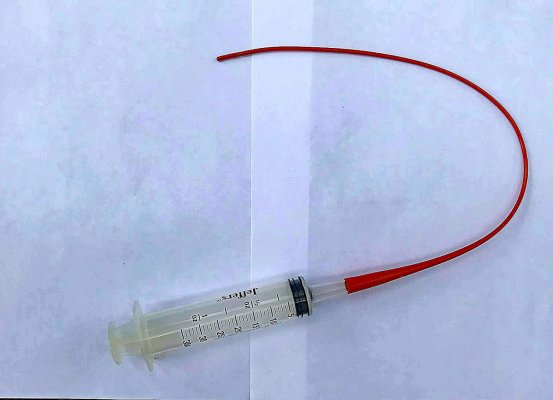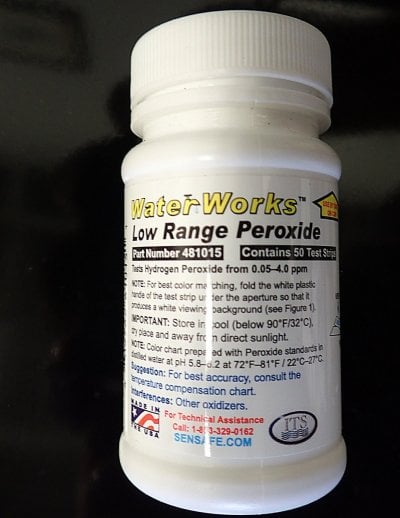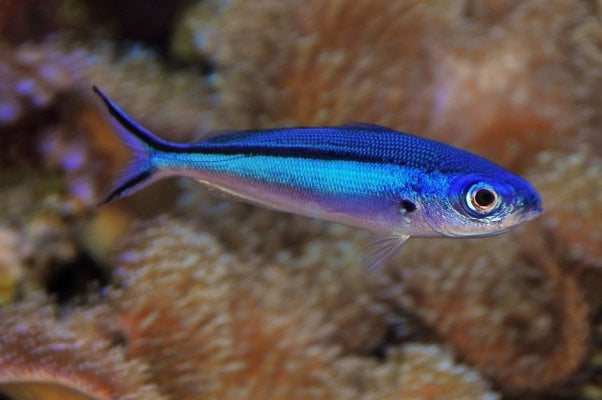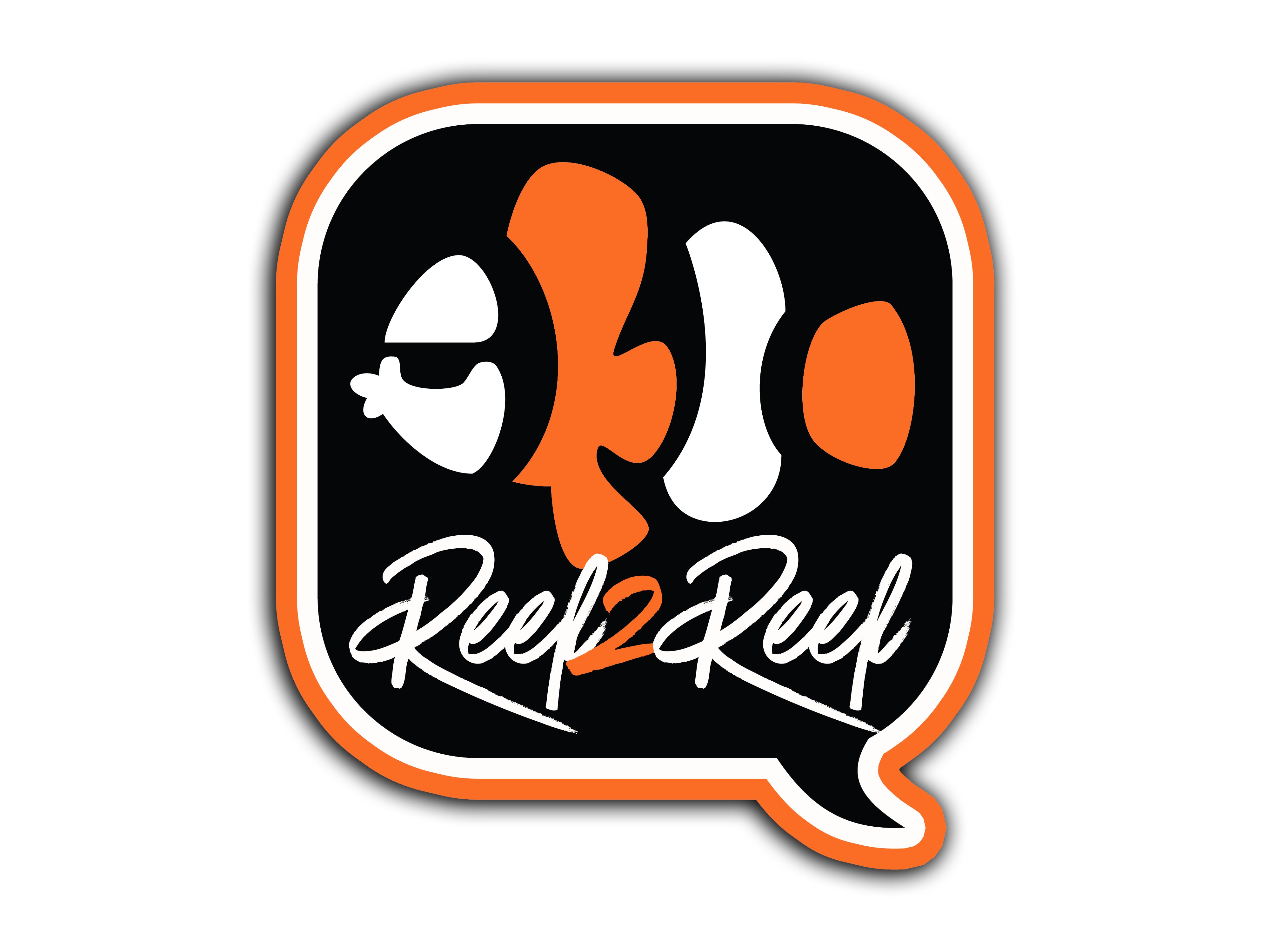Navigation
Install the app
How to install the app on iOS
Follow along with the video below to see how to install our site as a web app on your home screen.
Note: This feature may not be available in some browsers.
More options
You are using an out of date browser. It may not display this or other websites correctly.
You should upgrade or use an alternative browser.
You should upgrade or use an alternative browser.
Articles by Jay Hemdal
Filters
Show only:
Loading…
Aquatic Invasive Species
Jay Hemdal
Introduction –
Humans have moved plants and animals knowingly (and unknowingly) from one location on Earth to another for tens of thousands of years. The argument can be made that there has never been a translocation of a species that did not in some way...
Drum and Croaker
http://drumandcroaker.org/
Drum and Croaker is a non-peer-reviewed journal that has acted as an "informal organ" for public aquarium professionals since 1958. It has a long history of providing a forum for the exchange of basic information - and occasional humor. It was...
This article is a bit of a mashup – combining portions of a previous public aquarium article on animal sustainability, with some longevity data and fish pricing through the supply chain. To read the article, click on the PDF link to the right of the page.
MARINE FISH AND INVERTEBRATES TO AVOID
While selecting good quality animals and then properly quarantining them is vital for acquiring long-lived specimens for your aquarium, some species start the process with one or more strikes against them. Knowing which species have extra challenges helps...
Using “Artificial Intelligence” resources to treat fish diseases
With the development and release of ChatGPT in 2022, “AI” as an informational resource is becoming more commonplace. This term is in quotes because the current methods are not true Artificial Intelligence. Instead, what the...
Aquarium Myths and Misinformation
c. 2023 Jay Hemdal
Over the last 50 years, I’ve heard a number of myths and possible misinformation applied to aquariums and the husbandry of the animals contained in them. Most of these seem to go unchallenged; at least they keep showing up online, long...
The cherry anthias, also known as the Sakura anthias (a.k.a. Sakuradai (さくらだい) in Japan), is a large, attractive and very hardy member of the family Serranidae (groupers and their allies) and the sub-family Anthiinae (the anthias). Click on the PDF link on the right (or below on your phone)...
Rotifer Culture
C. Jay Hemdal
Brackish water rotifers, (Brachionus plicatilis) are a useful food source for certain invertebrate aquarium animals, have been used as bio-assay animals, and are a virtual necessity when raising larval clownfish (Amphiprion sp.). Many culture methods have...
Basic Captive Propagation of Marine Fishes
C. 2003 - 2022 Jay Hemdal
Few people would argue that breeding and raising marine fishes is a much more difficult undertaking than raising freshwater species. The primary reason is that most marine fish have tiny larvae with an extended...
Acclimating Animals to Aquariums
Jay F. Hemdal c.2020
Introduction to acclimation techniques
Most beginning aquarists hear that they must “acclimate” any new animals they add to their aquarium. Acclimation (sometimes termed “acclimatization”) is simply the process of gradually adapting...
Sourcing Marine Fishes and Invertebrates
Experienced aquarists are aware that fishes from different regions of the world can have different levels of sustainability when acquired for their aquariums. The reasons for these differences may include collection technique (the use of cyanide for...
Salinity Measurements for Marine Aquariums
@Jay Hemdal
Introduction
The fundamental difference between freshwater and marine aquariums is of course, their respective salt content. The salt level is usually reported as either salinity (parts per thousand of salt in water) or specific gravity...
Filefish in Marine Aquariums
Jay Hemdal C. 2022
Filefish, (often called leatherjackets in Australia) have enjoyed a moderate level of popularity for many years as marine aquarium fish. As a group however, there is some variation as to their relative appropriateness for particular aquariums...
Evaluating Synthetic Sea Salts
C. Jay Hemdal 2016
Revised January 12, 2022
This is an update of my 2016 article that examines some testing methods to evaluate synthetic seawater, some of which can be done at home. A short history and list of sea salts is also given. Please note - this is NOT...
Basic Underwater Photography in Aquariums
@Jay Hemdal c.2021
Aquarists often have difficulty photographing animals in their aquariums. Not only do they have the same problems as other photographers (flash reflection off the glass, issues with white balance, fast moving subjects, etc.) they have...
Routine analysis of aquarium water for total bacteria in smaller public and private
aquariums is rarely performed. However, many large aquariums monitor their fish and
invertebrate water systems for this parameter, especially if they already have the required
techniques in place due to...
Our aquarium animals are wholly dependent on the care we give them for their continued good health. Proper environmental care is of course paramount; good water quality, excellent diet, proper aquarium size, compatible inhabitants, etc. Obviously, controlling disease is also a major factor...
Tube Feeding Techniques for Fish
Jay Hemdal
c. 2021
Syringe with catheter attached.
Here is an all too familiar scenario: an aquarist faced with trying to care for a new, expensive fish that tragically refuses to accept any food. Common sense dictates that fish need food in order to...
Hydrogen peroxide usage report
Jay Hemdal
April 3, 2021
Premise:
I use 7% hydrogen peroxide for my home water treatment system. Therefore, since I always have this material in the house, I wanted to explore other possible uses for it, including:
Disease control
Water sterilization
Bleaching...
Estimating the Need for Swimming Space for Aquarium Fishes
Jay Hemdal
For those not wishing to read the entire article, here is the basic formula for calculating the swimming space needs for active swimming species (tangs, wrasses, fusiliers, etc.)
Look up the maximum adult size of the...


